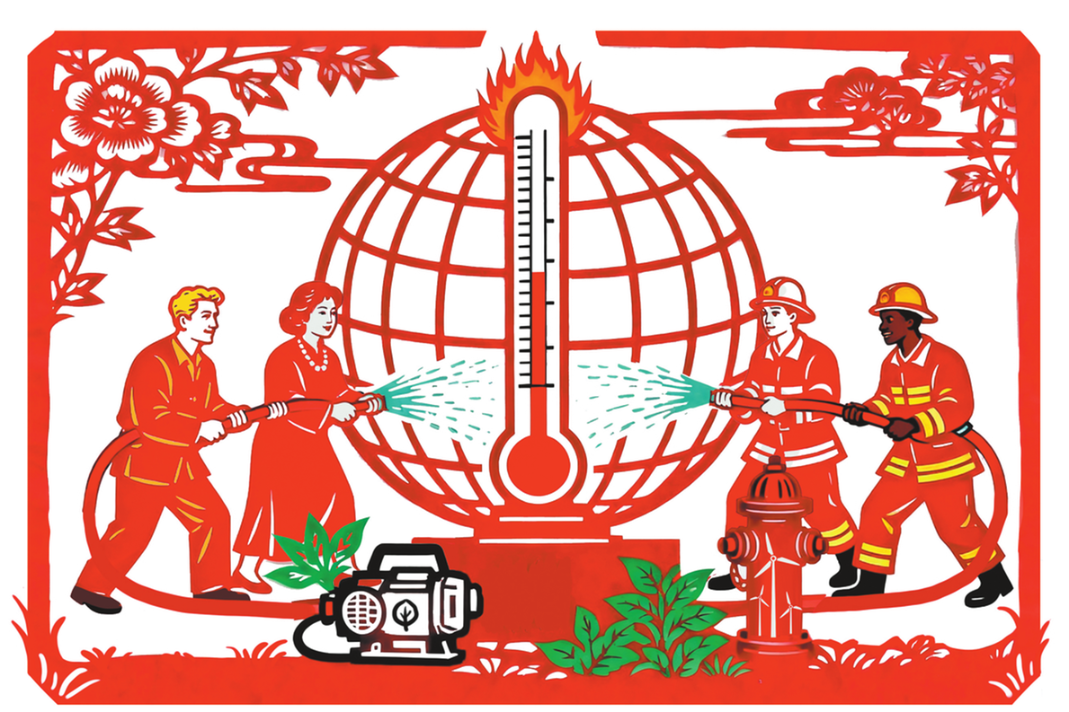Targeted action plan to unleash stronger consumption momentum


China's newly released action plan for improving the alignment between the supply and demand of consumer goods provides a timely and targeted road map for unlocking the country's vast consumption potential. Jointly issued on Wednesday by the Ministry of Industry and Information Technology and five other central departments, the plan sends a clear message: Boosting consumption is a systematic project that extends far beyond specific products or sectors. It involves employment, people's livelihoods, industrial upgrading, public expectations and the overall market environment.
By 2027, China aims to significantly optimize its supply structure, developing three consumption sectors at the trillion yuan level and 10 consumption hotspots each exceeding 100 billion yuan ($14.12 billion). By 2030, consumption's contribution to economic growth is expected to further increase. To support these targets, 19 key tasks are laid out, ranging from empowering industries with artificial intelligence and cultivating new consumption scenarios to strengthening fiscal and financial support and expanding the supply of distinctive green and innovative products. The plan also highlights the importance of better serving diverse consumer groups, from infants to the elderly, and from rural residents to young trend-driven buyers.
These measures are essential because income levels and expectations are core factors affecting consumption. Although employment has stayed broadly stable and residents' incomes have grown in step with the economy, the share of household income in national income still has room to rise. Moreover, families have to take into account the cost of housing, education, healthcare and elderly care, which prompts precautionary savings. Without addressing these, it is difficult to change the "unwillingness to spend even when having money" mindset.
On the supply side, consumption upgrading is accelerating, yet the effective supply of high-quality, personalized and innovative goods still lags behind rising demand. In some sectors, the gap between domestic offerings and consumers' expectations results in an outflow of purchasing power. Service consumption — whether in health, tourism, sports, culture or domestic services — also faces shortcomings in standards and diversity.
Gaps in infrastructure and institutional safeguards limit consumption vitality too. Urban and rural markets are still not fully integrated, and the logistics, commercial services and after-sales systems in some regions remain underdeveloped. Issues such as false advertising, quality concerns and algorithmic price discrimination weaken consumer confidence.
Recent years' policy initiatives to improve employment quality, expand the middle-income group, strengthen social security and protect vulnerable households have played a decisive role in enhancing consumption capacity. Meanwhile, supply-side initiatives — from encouraging innovation and flexible manufacturing to supporting domestic brands and developing green, digital and smart consumption — have elevated the responsiveness and competitiveness of the domestic supply system. Targeted measures such as home appliance trade-ins, vehicle purchase incentives and cultural tourism vouchers have provided a useful short-term boost to key sectors.
Still, achieving a higher-level balance between supply and demand, stabilizing income expectations, and building a durable institutional framework for consumption growth require persistence and long-term vision.
This makes the newly released action plan particularly pertinent. It directs attention to the underlying drivers of consumption — jobs, income distribution, innovation and governance capacity. And it emphasizes coordinated implementation across departments and regions to address the "last mile" problem.
As the plan moves to implementation, its success will depend on sustained efforts to upgrade industry, strengthen social protections, foster innovative consumption scenarios and create a secure and convenient market environment. With these foundations in place, China will be better-positioned to unleash stronger consumption momentum and ensure that domestic demand continues to serve as a solid anchor for high-quality development.


































